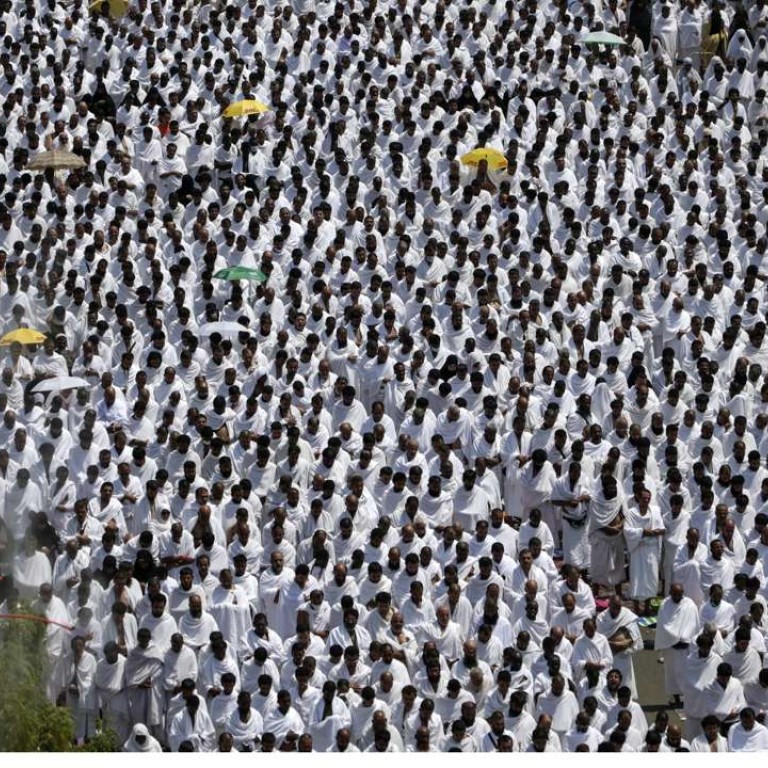
Drones keep watch as 2 million pilgrims ascend Mount Arafat for hajj climax
Saudi authorities deployed drones to watch over about 2 million pilgrims as they ascended Mount Arafat at the climax of the hajj on Sunday, part of stepped up efforts to avoid a repeat of last year’s deadly crush amid an escalating war of words with Iran.
In one of the worst disasters to befall the annual Muslim rite in decades, the crush last year killed nearly 800 pilgrims, according to Riyadh, though counts by countries of repatriated bodies showed over 2,000 people likely died, more than 400 of them Iranians.
Chanting “here I am at thy service, O Lord,” the faithful climbed the craggy hills outside Mecca where Islam holds that God tested Abraham’s faith by commanding him to sacrifice his son Ismail and the Prophet Mohammed gave his last sermon.

Saudi Arabia has said that 1.85 million pilgrims, most of them from outside Saudi Arabia, have arrived for the annual pilgrimage, a religious duty for every able-bodied Muslim who can afford the journey.
Saudi Arabia stakes its reputation on its guardianship of Islam’s holiest sites and organising hajj, a role that Iranian authorities have challenged this week as part of an escalating war of words over the handling of last year’s disaster.
The Grand Mufti, the kingdom’s top religious authority, warned Iran that to disrupt the hajj would be unacceptable, in comments reported by local daily al-Okaz on Sunday.

Saudi Arabia’s state news agency SPA also published a four-part broadside accusing Iran’s leaders of using “the cloak of religion to implement heretical policies.” The series said 300 Iranian pilgrims caused last year’s crush by taking a wrong turn in the direction opposite where they had been assigned to move.
Later updates of the SPA stories removed the reference to the 300 Iranian pilgrims and their actions, without elaborating.


Pilgrims from Iran are not attending hajj this year, after talks between the two Middle East powers over hajj arrangements broke down in May.
The 2015 crush, in which two large groups of pilgrims arrived together at a crossroads in Mina, a few km east of Mecca, on their way to performing the “stoning of the devil” ritual at Jamarat, was the worst disaster to strike the annual pilgrimage for at least 25 years.
The Saudi authorities redesigned the Jamarat area after two stampedes, one in 2004 and one in 2006, killed hundreds of pilgrims, and the frequency of such disasters has greatly reduced as the government spent billions of dollars upgrading and expanding hajj infrastructure and crowd control technology.
Authorities have deployed drones to reinforce a network of electronic surveillance of the crowds that would alert authorities to intervene quickly if necessary.
Pilgrims used buses, trains and private cars to move from their encampments in Mena to Mount Arafat.
They will spend the day on the mountain and move by sunset to the rocky plain of Muzdalifa, where they will gather pebbles to stone columns symbolising the devil at another location called Jamarat on Monday, which marks the first day of Eid al-Adha (feast of sacrifice).

